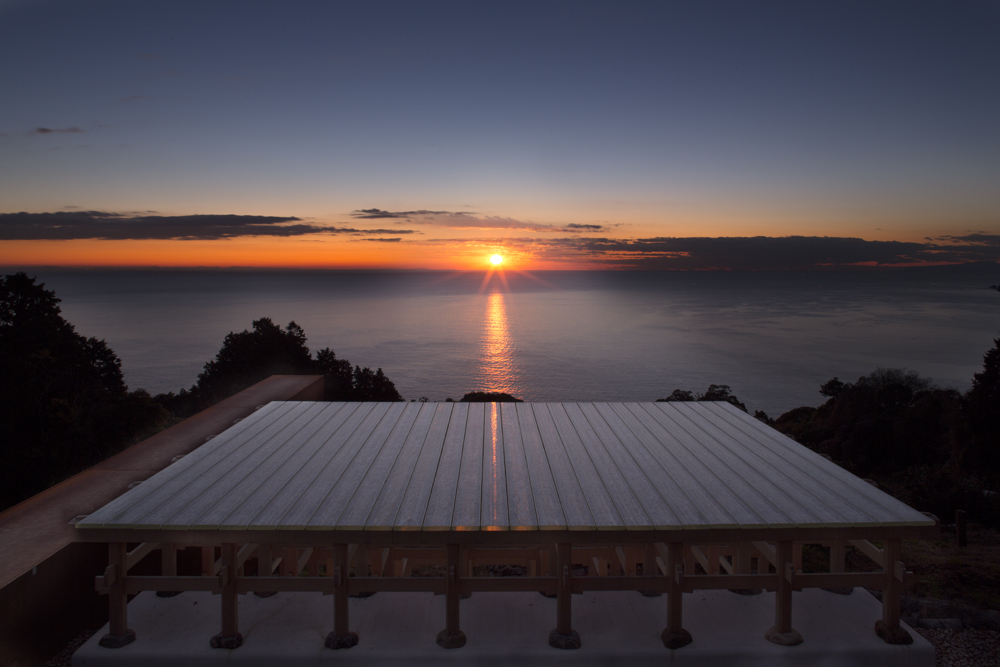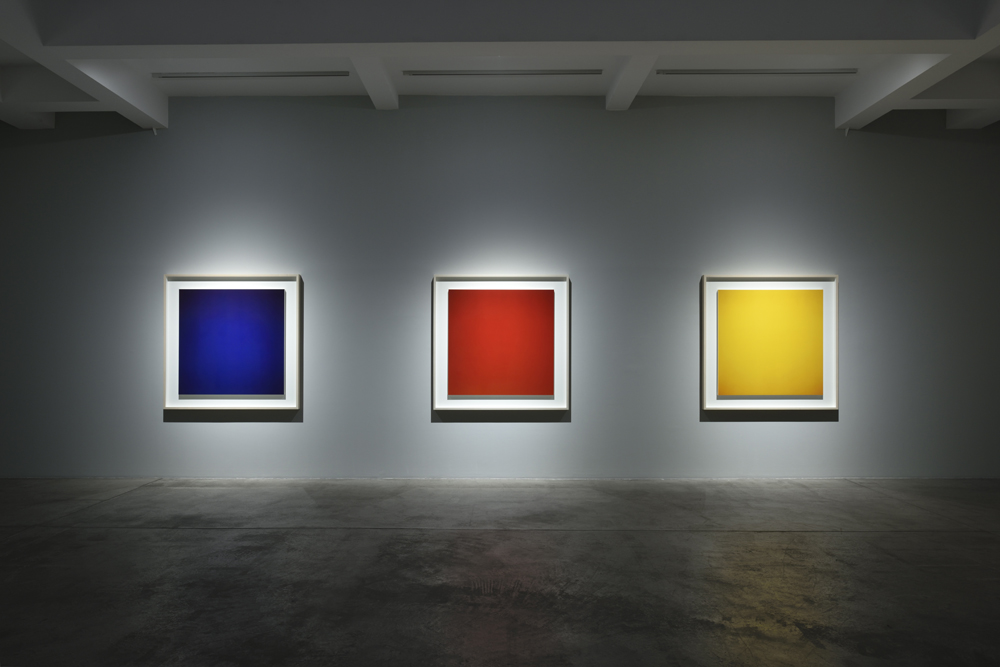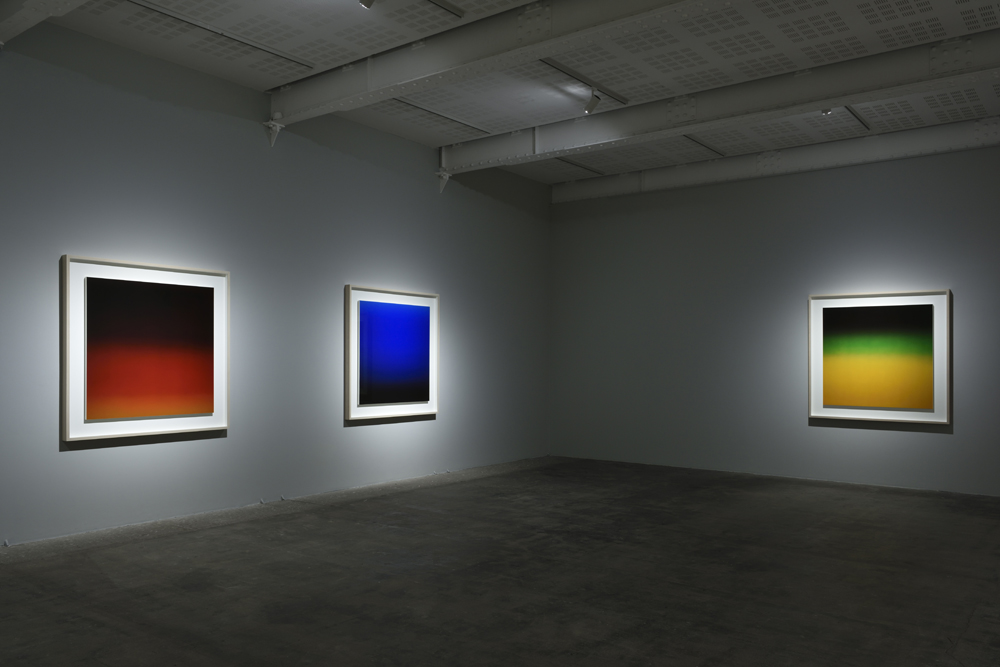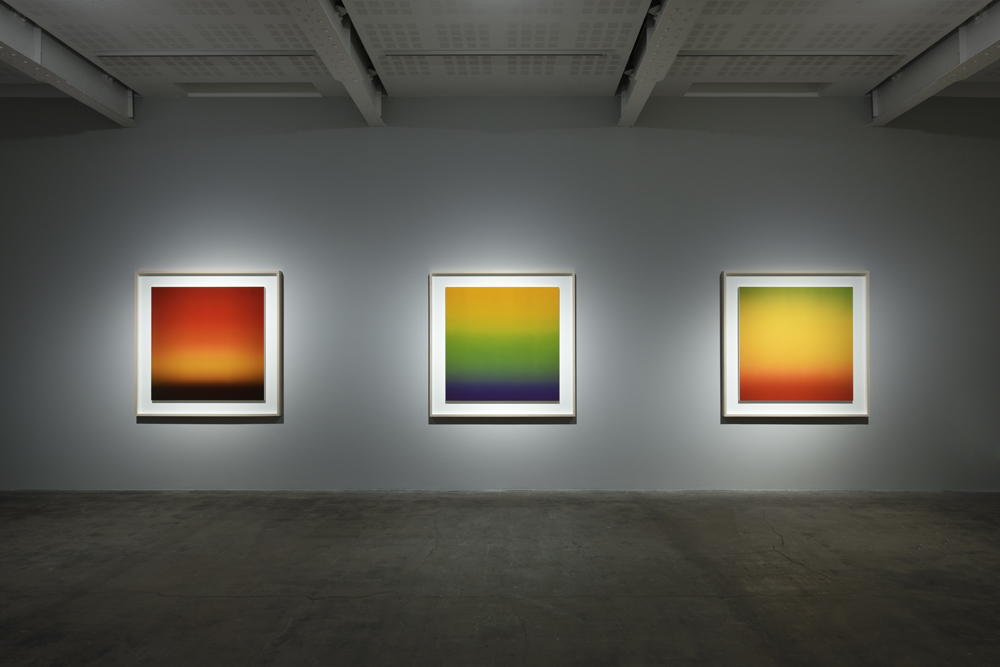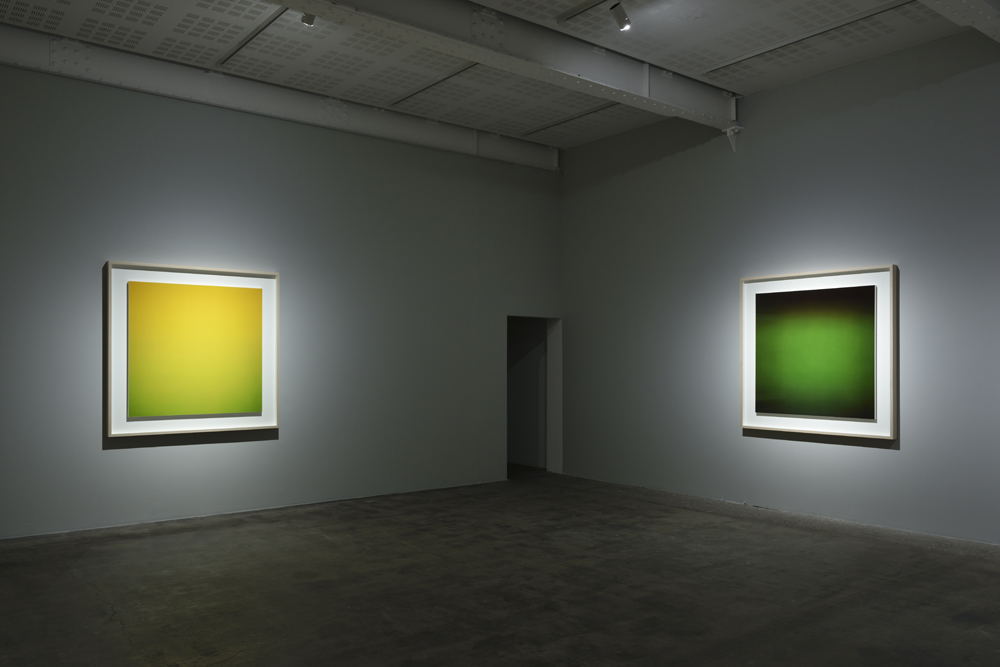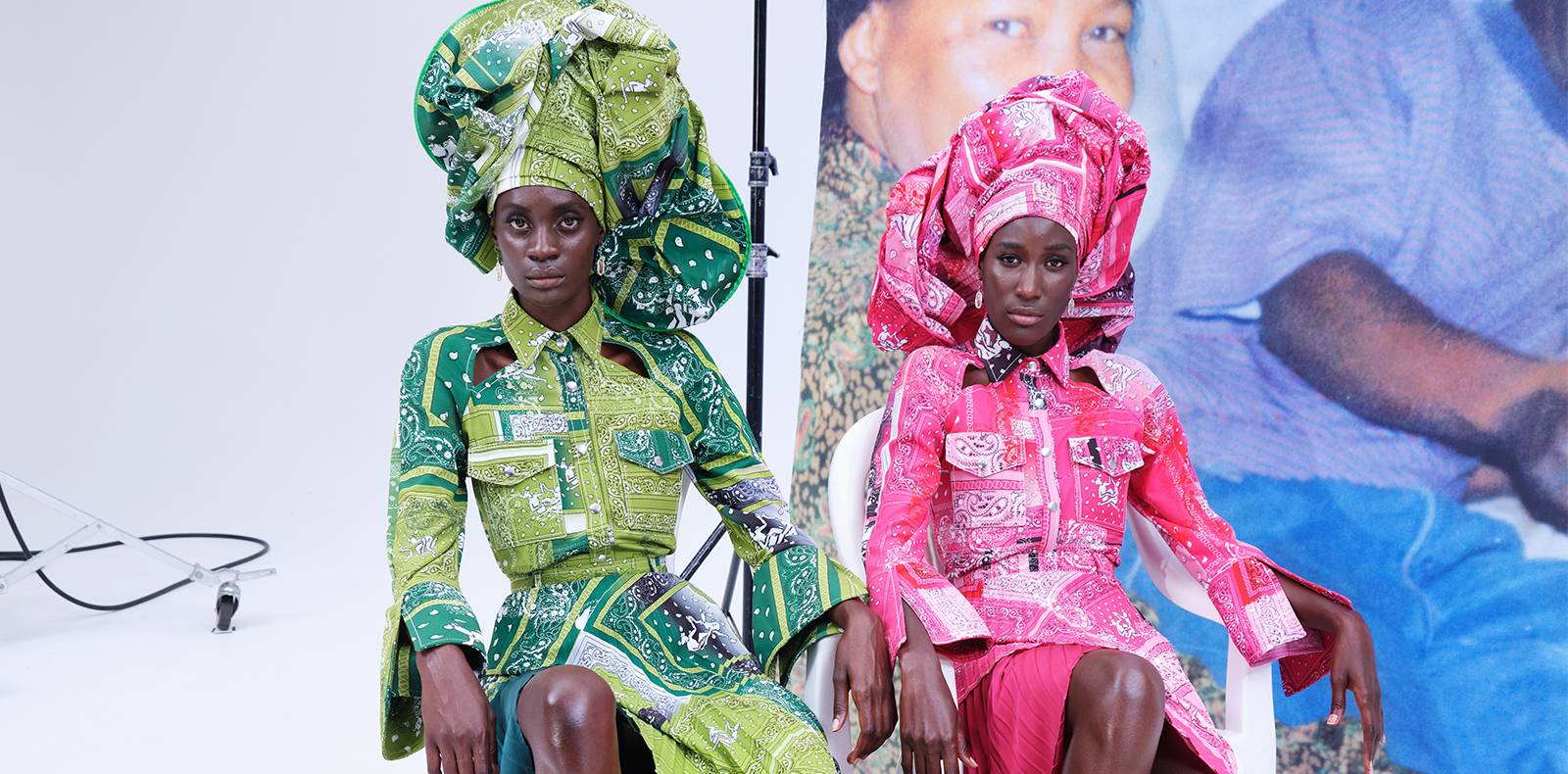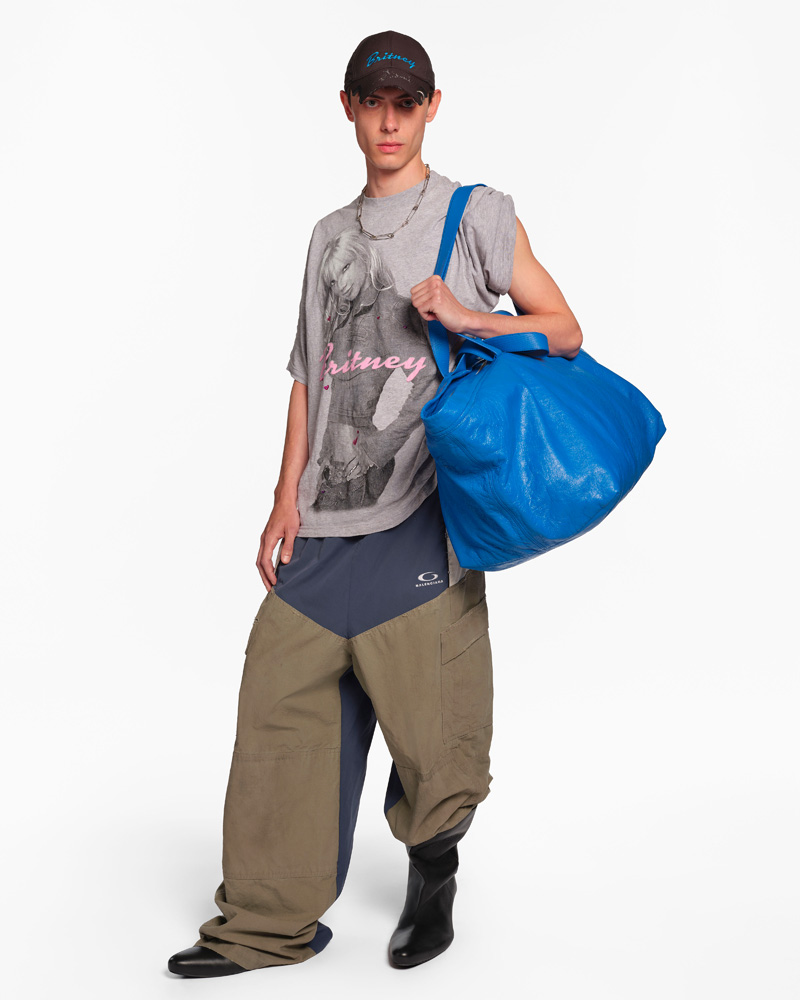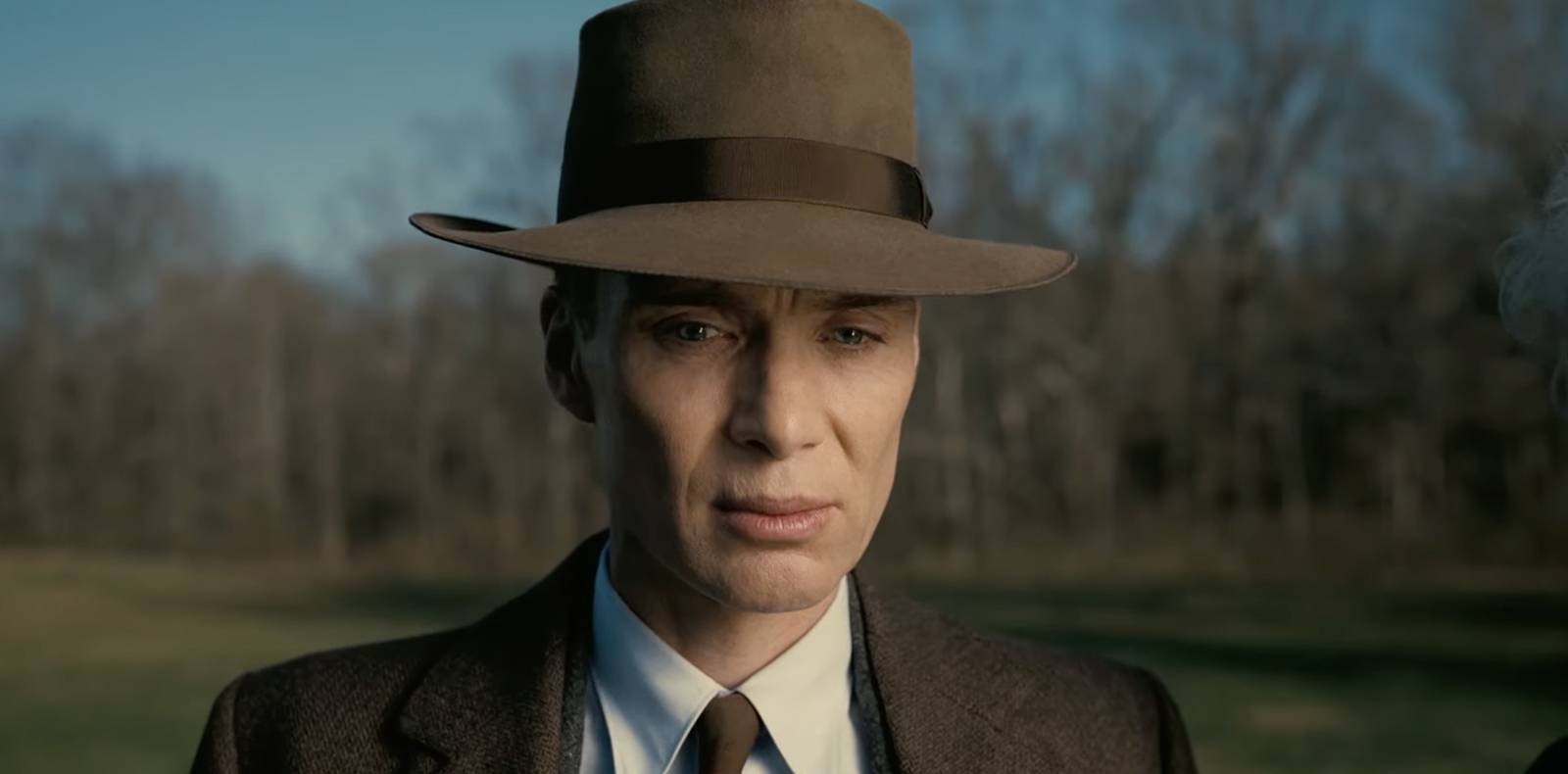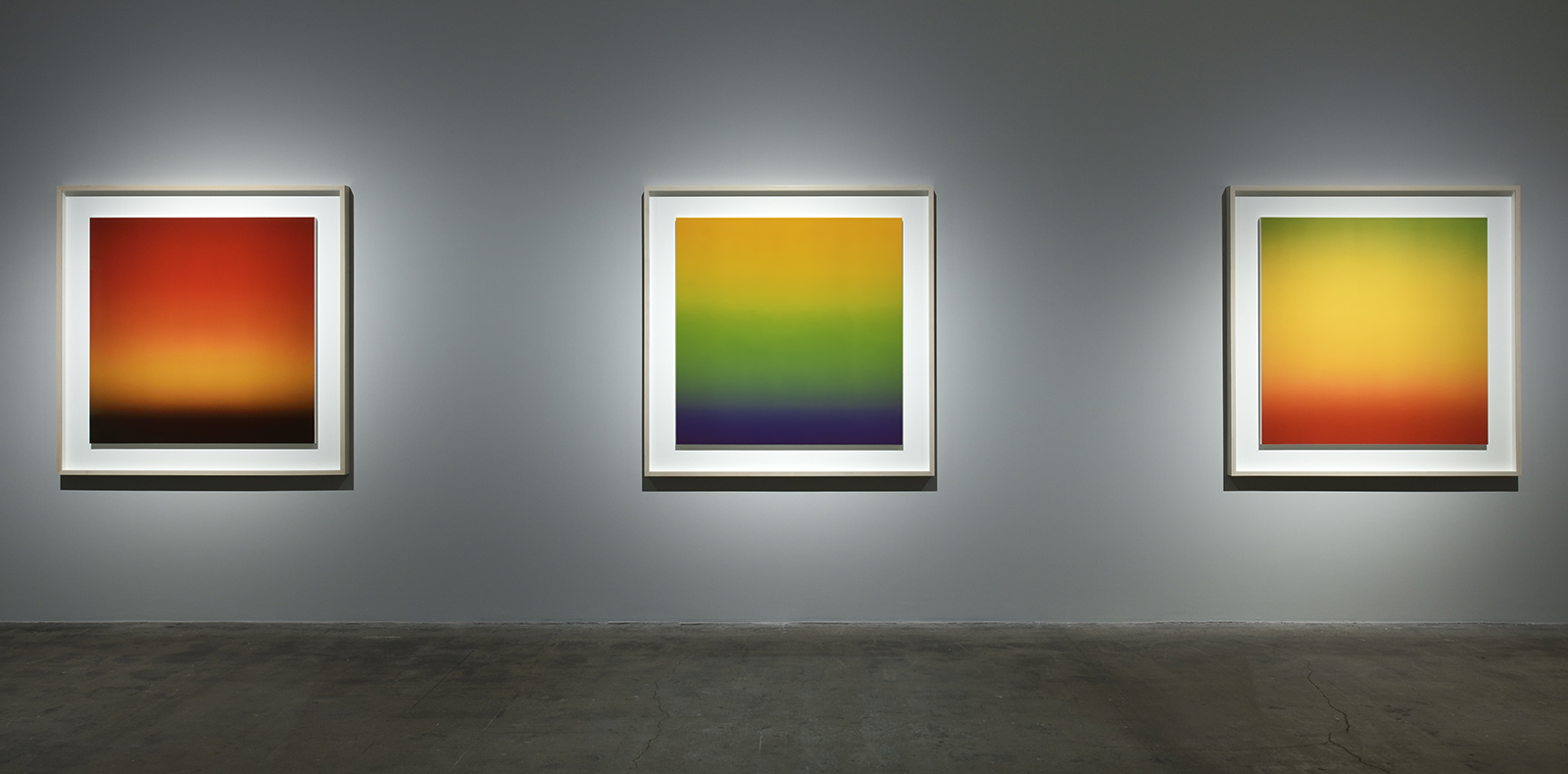
14
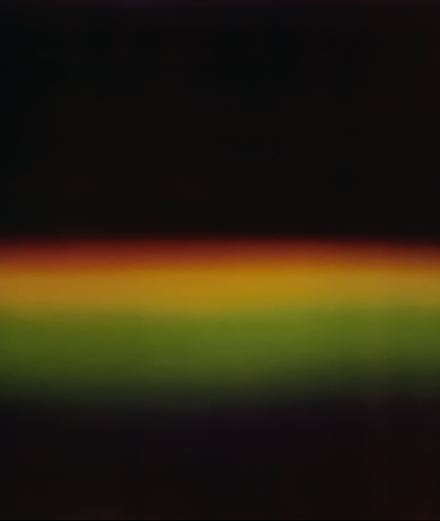
14
Photographer Hiroshi Sugimoto unveils his first coloured works’ secrets
For fifteen years, Japanese major photographer Hiroshi Sugimoto has been exploring a new side to his practice : colour. Inspired by an Isaac Newton’s theory, the 73-year-old man uses light to project hues in their purest essence, which on Polaroid films create abstracts landscapes fit for contemplation. For Numéro, the artist comments on his latest series “Opticks”, currently shown by the Marian Goodman Gallery in Paris.
Interview by Matthieu Jacquet.
For nearly five decades, Hiroshi Sugimoto’s photographic quest has been that of a tireless retranscription of the infinite… on film. From his famous Seascapes, panoramas of perfectly flat stretches of water, and his Theaters, static views of cinema screens captured for hours on end, to his shots of skies streaked with lightning and deliberately blurred architecture, the Japanese photographer has demonstrated, in black and white, his almost mathematical mastery of time and light, favouring the silent exercise of contemplation. Now, at the age of 73, Hiroshi Sugimoto unveils at Marian Goodman Gallery his latest series Opticks, begun in 2018, exploring a more recent aspect of his practice: colour, in its purest form and essence. To make it, the artist was inspired some fifteen years ago by a theory of the physicist Isaac Newton as he captured the light of dawn through a prism from his Tokyo studio to make the chromatic spectrum appear on the small surface of a Polaroid film. The result is a series of coloured squares – sometimes plain, often shaded – of striking intensity, scanned and then printed in large format before being hung on the wall for the viewer. With their almost painterly force, reminiscent of the paintings of Mark Rothko or Barnett Newman, these abstract landscapes immerse the viewer, both physically and mentally, in colour. For Numéro, the legendary photographer agreed to talk about this project with the laconic precision that characterises him, uncluttered by superfluous elucidations. Simple and well-chosen, his few words set the stage for images of an ineffable depth before letting them take the reader to where, as he himself says, “space is the last limit.”
Numéro : You started recreating the Newton prism experiment 15 years ago, but started the “Opticks” series only in 2018 with a very precise protocol, taking time of the day and period of the year into account to have the best light and exposure. How much time and work did it take you to figure out the right technique, setting and tools to use?
First, I needed to construct a space to contemplate light, and then time to observe. I have to be patient. I have seeded many ideas, some more than a decade ago. A few will sprout and many will not. Some I am still waiting on. I never know when it will be time for one of those ideas to blossom.
“These prints are a reflection of the colors in my mind.”
The colors on your works are so pure they look like pigments. How do you manage to obtain such purity and intensity?
I am photographing pure color, so it is only natural that the prints reflect that intensity of color. They are a reflection of the colors in my mind.
You started your “Seascapes” series in 1980, where you photographed flat views of the sea in black and white, which has become today one of your most well-known works. In “Opticks”, strangely or not, we can identify a similar aesthetic search for the horizontal line and the depiction of different shades of light in gradation. Do you see this latest series as a response or a mirror to the previous one?
I suppose one lead to the other. Seascapes are views of Earth and observe the water, light and atmospher of this planet. Opticks explore the physicis of light and could concievably be made on other planets.
“I wanted the viewer to be able to enter the color so that it fills their field of vision.”
What is also very interesting is the change of scale: you use small and square Polaroid films to receive the light through the prism, and the works are then printed in very large formats. Why is that?
It is no different than when anyone takes a picture with a film camera and then decides to enlarge the photo, only I start with a positive rather than a negative. For the Opticks series, I wanted the viewer to be able to enter the color so that it fills their field of vision.

The show in will also include your film “The Garden of Time”, where we see dancers in your Enoura Observatory over different seasons of the year. What was the idea behind this project?
Enora Observatory is my lifework. Through it, I endevor to incorporate all forms of art. Time has always been my subject matter, and performance, whether it is a Noh play, a tea ceremony, or a contemporary dance, is time based art.
“Space is the final frontier.”
When you look at the evolution of your photographic work over the decades, would you say the more you gain experience and advance in your photographic career, the more you lean towards total abstraction?
My experience enables me to distill an idea into its essence.
Now that you have dived into the pure essence of light and color with this series, has it broadened new photographic horizons?
Space is the final frontier.
Hiroshi Sugimoto’s “Theory of Colours” exhibition at Marian Goodman Gallery in Paris is still closed, but can be visited online in the meantime.
« Post Vitam », a catalogue of Hiroshi Sugimoto’s exhibition at Kyoto City Kyocera Museum of Art (2020) is available at Heibonsha.
